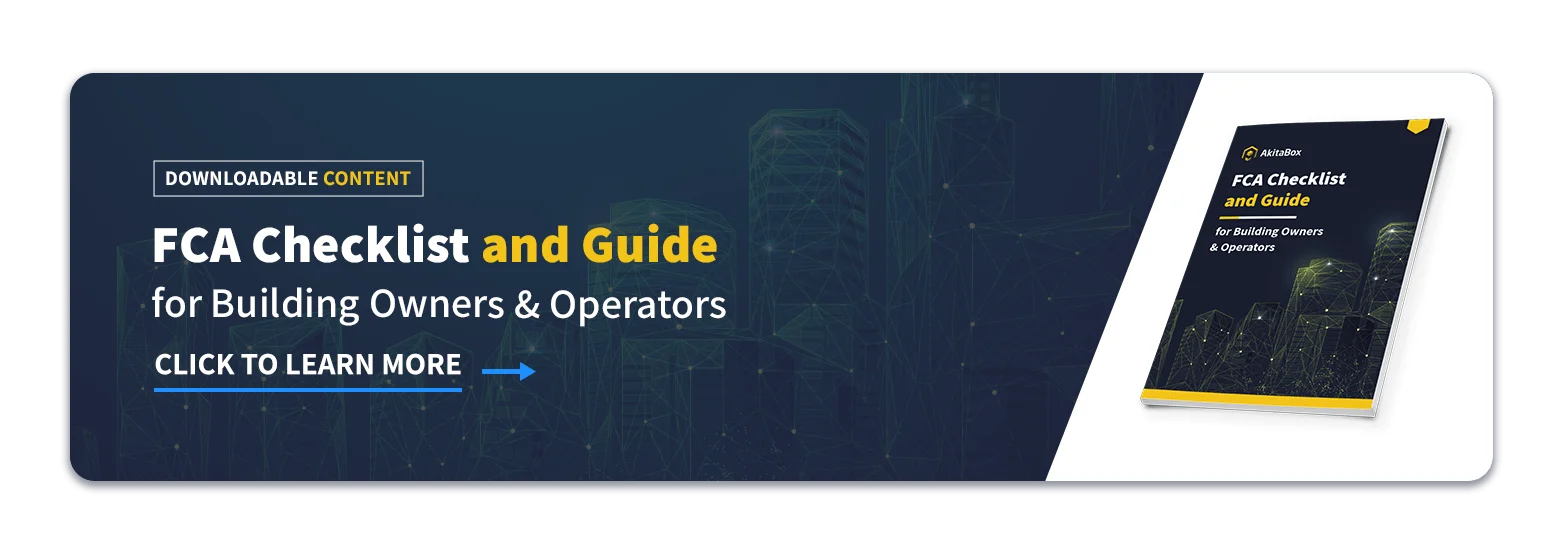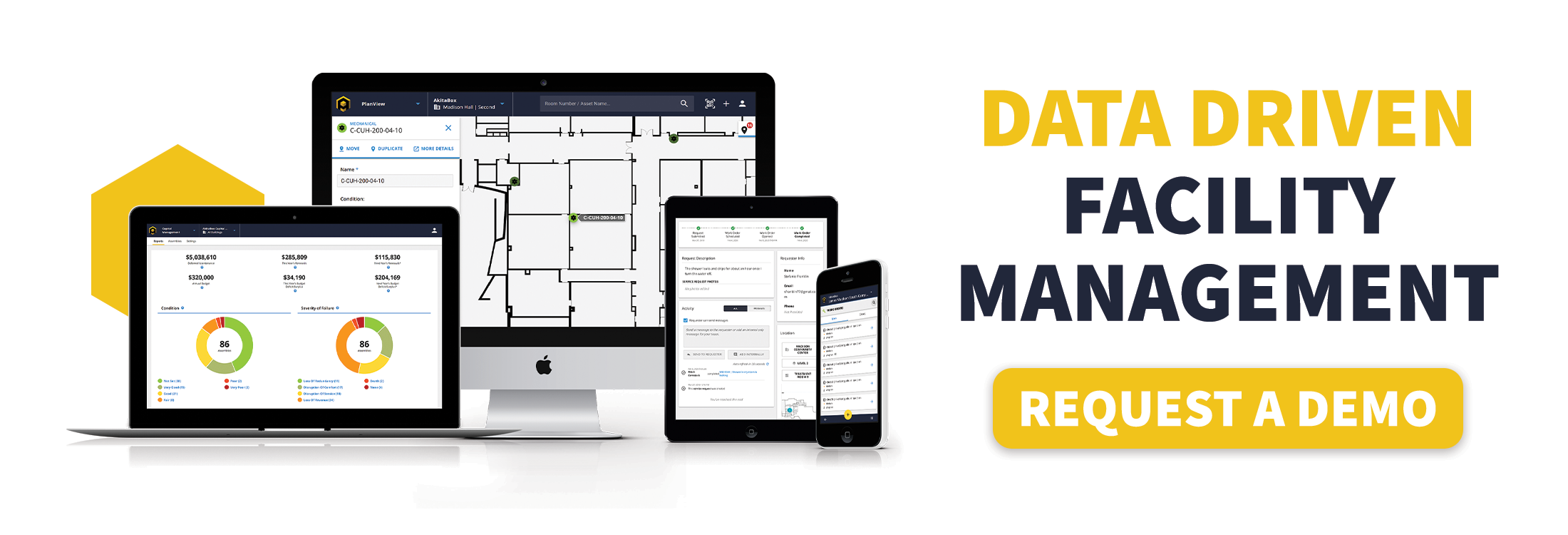How Smart Facility Assessments Counter Rising Material Costs
Optimizing Your Budget During Turbulent Times
The construction and facility management landscape is shifting beneath our feet. Construction material costs have surged significantly, with recent tariffs contributing to market volatility. According to ENR’s First Quarter 2025 Construction Cost Report, a newly imposed 25% tariff on all foreign steel and aluminum is expected to push up already-high materials prices, and more recently imposed tariffs will soon bite as well. For building owners and facility managers, this creates an urgent challenge: how do you maintain your facilities effectively when every replacement and repair suddenly costs more?
This market pressure is forcing difficult decisions. Many organizations are delaying projects or deferring maintenance—short-term solutions that often lead to bigger, more expensive problems down the road. However, forward-thinking facility leaders are discovering that data-driven facility management offers a path to smarter spending when budgets are tight.
The Budget Squeeze & Why Assessment Data Matters
The Reality of Rising Costs
The impact of material cost increases extends far beyond new construction. For facility managers, it affects every aspect of operations:
- Maintenance budget shortfalls: Projects budgeted months ago now face significant cost overruns, forcing difficult choices about what gets fixed and what gets deferred.
- Deferred maintenance consequences: When critical maintenance is postponed due to budget constraints, the resulting deterioration often leads to more extensive and expensive repairs later—not to mention potential disruptions to operations.
- Staffing challenges: As teams are asked to do more with less, maintenance staff face increasing pressure to prioritize effectively and find creative solutions to budget constraints.
- Reactive management risks: When budgets are tight, the tendency to shift toward reactive maintenance increases—a strategy that can cost 3-5 times more than planned maintenance over time.
Why Data Matters More Now
In volatile markets, gut feelings and rules of thumb aren’t enough. Facility managers need precise, current information to make the best possible decisions:
- Accurate forecasting: With material costs changing rapidly, having current replacement cost data is essential for realistic budget planning.
- Defensible budget requests: When requesting additional funding in tight times, detailed assessment data provides the evidence needed to justify critical expenditures.
- True priorities vs. “nice-to-haves”: Comprehensive assessment data allows you to distinguish between critical systems that must be maintained and those where maintenance can be safely deferred.
The Real-Time Cost Adjustment Advantage
The Problem with Traditional Capital Planning
Traditional facility condition assessments and capital planning approaches have significant limitations in today’s volatile market:
- Static reports quickly become obsolete: Most facility condition assessments provide a snapshot in time, with fixed inflation rates applied across the board. Recent tariffs have created rapid, unpredictable swings in material costs—sometimes within weeks of implementation. These aren’t gradual, predictable changes that a standard 3% inflation factor can account for. They’re dramatic shifts that require dynamic responses.
- Budget shortfalls become the norm: When actual replacement costs significantly exceed forecasts, facility managers face impossible choices: delay critical replacements, cut corners on quality, or scramble for emergency funding.
- Long-term planning becomes guesswork: With such volatility, five-year capital plans based on static reports become exercises in fiction rather than practical roadmaps.
How Digital Platforms Enable Responsive Budget Planning
Modern facility management platforms offer a fundamentally different approach to capital planning:
- Dynamic cost databases: Rather than relying on static cost libraries, digital platforms can incorporate real-time cost data that reflects current market conditions, giving you accurate projections even as prices fluctuate.
- “What-if” scenario planning: Advanced platforms allow you to run different budget scenarios based on varying cost trajectories, helping you prepare contingency plans for different market conditions.
- Prioritization based on risk of failure, condition AND cost: When replacement costs spike for certain materials or equipment types, you may need to adjust your prioritization strategy—focusing first on critical assets with stable costs while deferring those affected by extreme price volatility.
- Informed repair vs. replace decisions: When replacement costs increase dramatically, the repair-vs-replace equation changes. Digital tools help you calculate the true cost-benefit analysis in real time.
How AkitaBox Transforms Budget Efficiency
AkitaBox’s facility management platform is specifically designed to help building owners and operators navigate these challenging times:
- Complete asset inventory from assessments: Facility assessments conducted in AkitaBox don’t just identify deficiencies—they populate a comprehensive asset inventory with location-based information, equipment details, and maintenance requirements. This foundation of accurate data becomes the cornerstone of all your facility management activities, ensuring you know exactly what you have and where it’s located.
- Centralized asset information: All your facility data in one place, accessible to stakeholders across your organization, ensuring everyone works from the same accurate information.
- Condition tracking that prevents surprises: Regular condition updates prevent the unexpected failures that wreak havoc on tight budgets.
- Capital planning tools that adapt: Our platform allows you to update replacement costs down to individual assets and across your entire portfolio with minimal effort, ensuring your capital plans remain realistic despite market volatility.
- Work order management that prioritizes critical systems: Ensure your limited maintenance resources focus on the systems that matter most to your operations.
AkitaBox Can Help
In a market defined by rising costs and tightening budgets, assessment data isn’t just nice to have—it’s a strategic asset that helps you navigate uncertainty with confidence. The organizations that will thrive in the coming years aren’t those with the biggest budgets. They’re the ones that can make smarter decisions about their facilities despite volatile market conditions.
Ready to see how AkitaBox can transform your facility management approach? Contact us today for a personalized consultation.




